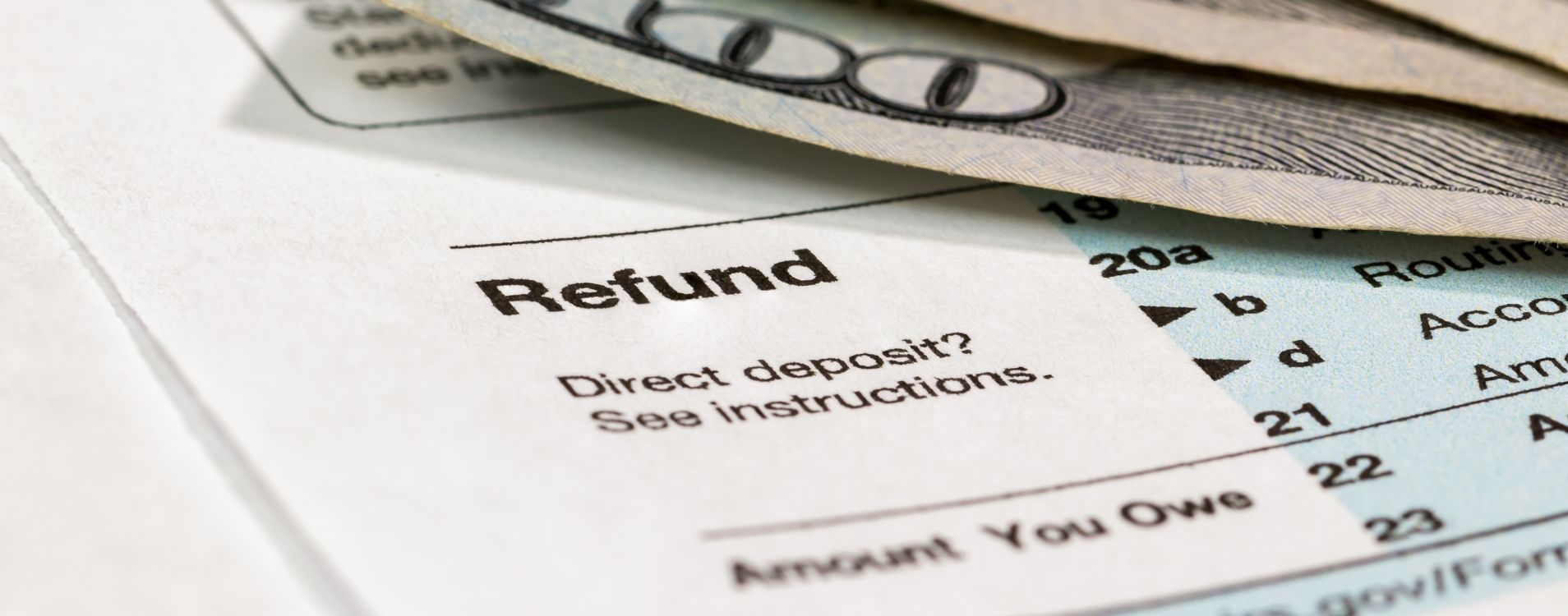
 Owner Operator Taxes A Guide For Your Trucking Business" width="1908" height="750" />
Owner Operator Taxes A Guide For Your Trucking Business" width="1908" height="750" />
The key to managing your taxes as a trucking owner-operator is contained in a single compound word: recordkeeping. When you keep accurate, organized financial records, you’ll find it easier to estimate quarterly tax payments. If the IRS ever comes knocking, you’ll be prepared to comply with their audit. Without a dependable recordkeeping system, you may set yourself up for an unpleasant April surprise.
If you only take one thing away from this guide to owner-operator taxes, let it be the importance of year-round recordkeeping for all your financial documents, from receipts to bank statements to invoices. In short, log, store, and organize your paperwork. Of course, you also need to know what to do with those records. This comprehensive introduction to trucking business taxes for the owner-operator has the answers.
Note: The information listed in this article is not intended as legal advice. When in doubt, it’s always best to consult with a certified tax professional.
As an owner-operator, odds are you’ll start out with a business structure the IRS calls a sole proprietorship. That means profits from your business flow to you alone—and you’re responsible for paying taxes on those profits. As your business grows, you may decide to incorporate as a limited liability company (LLC) or even a full-fledged C or S corporation—but most owner-operators start out with a sole proprietorship. It’s usually simpler and cheaper to set up, and the structure was designed specifically for the self-employed.
If you’re used to driving for a larger carrier, becoming an owner-operator may take some adjustment. Taxes operate differently when you’re a sole proprietor. So do paychecks. You don’t earn a salary—although you can give yourself monthly guaranteed payments, as long as the cash flow allows.
As a self-employed driver, taxes aren’t automatically removed from your check. Instead, you have to be proactive about those payments. The IRS—and many state tax authorities—require self-employed workers who will owe $1,000 or more to file estimated quarterly taxes with four due dates throughout the year. Those due dates are typically around the middle of April, June, September, and January.
So how do you go about estimating these taxes? The IRS provides a worksheet along with its estimated tax form, 1040-ES. But a good rule of thumb is to send the IRS 25% to 35% of your net yearly income projection, broken into four equal payments. That’s quite a range, but you can use it strategically. The goal is to avoid underpayment and late payments—with their associated penalty fees—without overpaying. If you pay estimated quarterly taxes of 30% one year and end up with a large tax return, you may want to try 25% the next year. If you’re still getting a return, you may go even lower.
Speaking of end-of-year tax filings, as a sole proprietor or an LLC, you’re also required to file a Schedule C form when you complete your yearly personal tax return. This document records your business profits (or losses) and determines your exact tax liability. It’s where you’ll square your accounts and find out how close your estimates match reality.
Owner-operators must pay several types of taxes to the IRS. Your federal tax burden breaks down into:
In addition to these federal taxes collected by the IRS, self-employed owner-operators are responsible for a range of state and local taxes. These include:
Finally, depending on the location of your business, you may also need to pay city or county business taxes; see your local department of revenue for details.
Truck driver tax deductions reduce your tax burden in two ways: First, the money you spend on deductible expenses is already spent; it’s not part of your profit, so it’s not taxable. Second—and perhaps more powerfully—deductions may move you into a lower tax bracket. If you’re trying to decide when to make a deductible $10,000 investment into your business, consider the tax implications; maybe that investment will save you the same amount, or even more, by reducing your tax burden for the year.
Owner-operator tax write-offs include many of the expenses you incur while operating your business. So what can a truck driver deduct on taxes? Examples include:
This list is anything but comprehensive. Ultimately, what can a truck driver deduct on taxes? The general rule of thumb is that, if an expense is truly necessary to run your business, it’s a write-off on owner-operator taxes.
Deductions lower your taxable income. Credits, on the other hand, reduce your tax bill directly, and they change as Congress passes new laws designed to incentivize whatever they’re incentivizing; that means they change from year to year. It’s rare to find one that applies to an owner-operator, but check the full list of current tax credits for self-employed workers from the IRS. In the meantime, pay close attention to those deductions; they’re more consistent.
A truck you own is a depreciating asset; that means you can take a multi-year deduction on the purchase. Leasing costs, on the other hand, are simple expenses. You can deduct lease payments or asset deductions plus costs of ownership (maintenance, licensing, storage, etc.). Unfortunately, you won’t know which will save you more on taxes until you sit down with a balance sheet and a calculator—and, preferably, a tax professional.
A few types of retirement accounts allow you to defer some taxes until you draw on saved funds. For owner-operators, these include solo 401(k)s, IRAs, and SEPs. Get details from the IRS.
Unique tax situations require expert guidance (and every tax situation is unique). Hire a tax professional to sit down and go through your business with a fine-toothed comb; you’re likely to save more in taxes than you pay for the service.
Even if you follow all these tips, taxes can get expensive. If you find yourself short on cash flow come tax time, reach out to Bobtail: Our no-contract factoring tool provides a simple, transparent way to collect on invoices as quickly as possible. Try it today by signing up here.

Caroline Asiala is the Digital Marketing Manager at Bobtail. With a background rooted in advocating for migrant rights, Caroline leverages her expertise in content creation to support small trucking businesses, many of which are immigrant-owned and operated, with the information they need to make their businesses thrive.